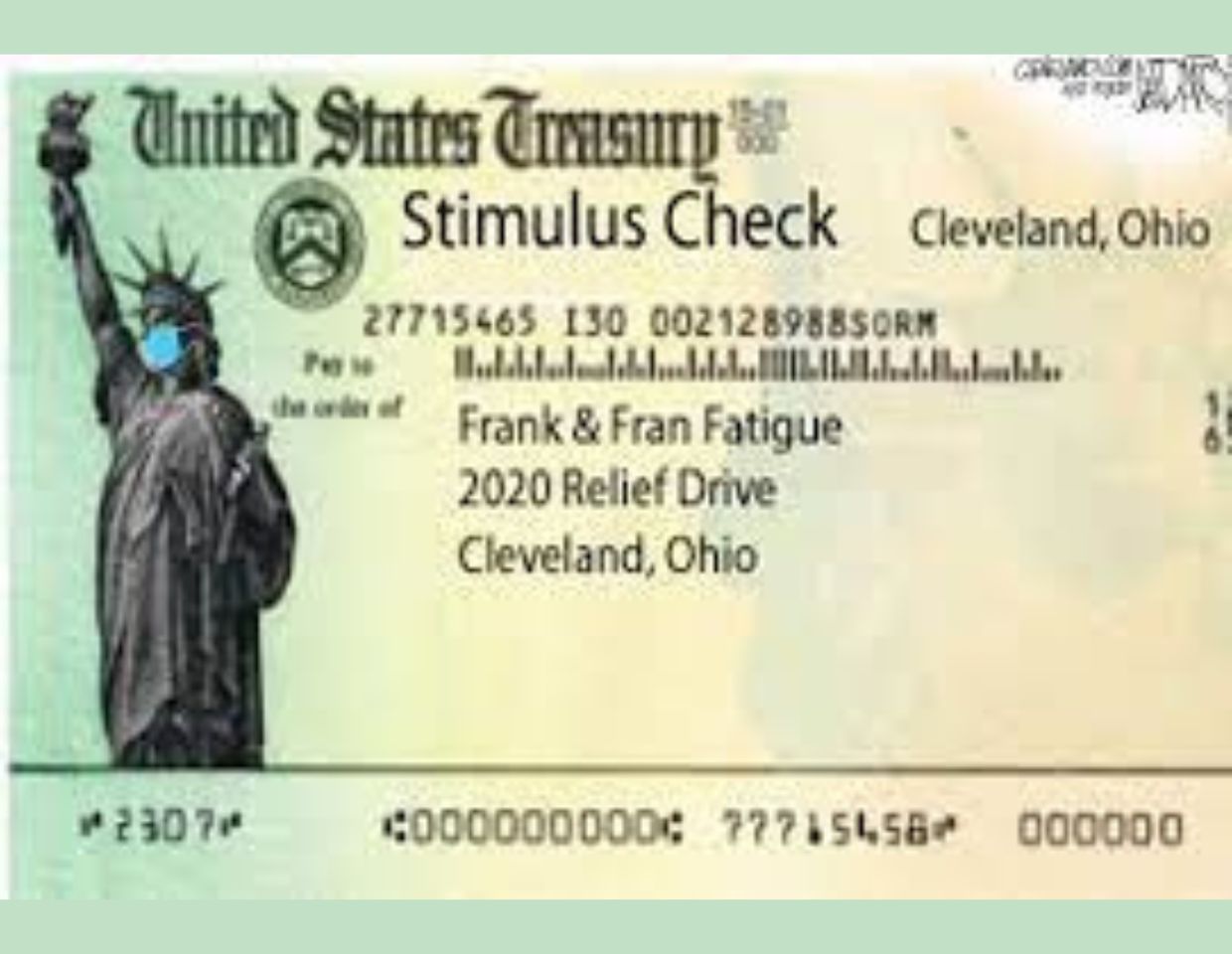Most qualifying Americans received a $1200 stimulus check in March of 2020 as part of the federal government’s attempt to mitigate the economic impact of the covid-19 pandemic. The federal government sent out a second round of stimulus payments in early January of 2021, in the amount of $600. To qualify for these payments, your 2019 income had to be under $75,000 (for individuals) or under $150,000 (for couples filing jointly), according to Forbes.com. But plenty of people fell through the cracks and did not receive any economic impact checks, even though they qualified for them.
What if I qualified for a stimulus check, but I didn’t receive one?
You should follow these steps if you believe that you should have received an economic stimulus check in March of 2020, but no check ever arrived:
- Check your bank account – if you received a tax refund electronically to your bank account in any of the previous few years, the IRS may have deposited your stimulus payment electronically instead of mailing you a check.
- If you did not receive your payment electronically, use the IRS’s online Get My Payment tool to see if you can track your payment. Visit https://www.irs.gov/coronavirus/get-my-payment and click the “Get My Payment” button. You’ll be directed to a new screen where you can enter your information to track the status of your payment.
- You may get a screen that tells you the status of your payment. It may tell you the date that your check was mailed, or it may give you the last four digits of the bank account into which your payment was deposited. It also may display a frustrating, unhelpful “Status – Not Available” message like the one in the screenshot below:
- If you get the Payment Status Not Available message, you could try to call the IRS. The phone number for individuals is 800-829-1040, and representatives are available 7am-7pm local time. Several members of our staff who hadn’t received stimulus checks called this number, and weren’t able to get any additional information about their specific situations – they were told that they can deduct the amount that they should have gotten from their 2020 income taxes.
- If you call the IRS and get the same guidance that we did, the good news is that this info is correct – you CAN deduct stimulus payments that you should have gotten when you file your 2020 taxes. If you didn’t get your economic impact payment (or if you got the first payment but not the second, or vice versa) you may be able to claim the Recovery Rebate Credit on your taxes. Here’s what the IRS says about the Recovery Rebate Credit:
The Recovery Rebate Credit is authorized by the Coronavirus Aid, Relief, and Economic Security (CARES) Act and the COVID-related Tax Relief Act. It is a tax credit against your 2020 income tax. Generally, this credit will increase the amount of your tax refund or decrease the amount of the tax you owe.
The Recovery Rebate Credit was eligible to be paid in two rounds of advance payments during 2020 and early 2021. These advanced payments of the Recovery Rebate Credit are referred to as the first and second Economic Impact Payments.
Individuals who received the full amounts of both Economic Impact Payments do not need to complete any information about the Recovery Rebate Credit on their 2020 tax returns. They already received the full amount of the Recovery Rebate Credit as Economic Impact Payments. You received the full amounts of both Economic Impact Payments if:
- Your first Economic Impact Payment was $1,200 ($2,400 if married filing jointly for 2020) plus $500 for each qualifying child you had in 2020; and.
- Your second Economic Impact Payment was $600 ($1,200 if married filing jointly for 2020) plus $600 for each qualifying child you had in 2020.
Who can claim the Recovery Rebate Credit?
Eligible individuals who did not receive the full amounts of both Economic Impact Payments may claim the Recovery Rebate Credit on their 2020 Form 1040 or 1040-SR. To determine whether you are an eligible individual or the amount of your Recovery Rebate Credit, complete the Recovery Rebate Credit Worksheet in the Instructions for Form 1040 and Form 1040-SR.
Generally, you are eligible to claim the Recovery Rebate Credit if you were a U.S. citizen or U.S. resident alien in 2020, cannot be claimed as a dependent of another taxpayer for tax year 2020, and have a Social Security number valid for employment that is issued before the due date of your 2020 tax return (including extensions).
You must file Form 1040 or Form 1040-SR to claim the Recovery Rebate Credit even if you are normally not required to file a tax return. Anyone with income of $72,000 or less can file their Federal tax return electronically for free through the IRS Free File Program. Free File is a public-private partnership between the IRS and many filing and tax preparation software providers who provide their brand-name products for free. The safest and fastest way to get a tax refund is to combine electronic filing with Direct Deposit.
Get the complete information about the Recovery Rebate Credit at https://www.irs.gov/newsroom/recovery-rebate-credit.
